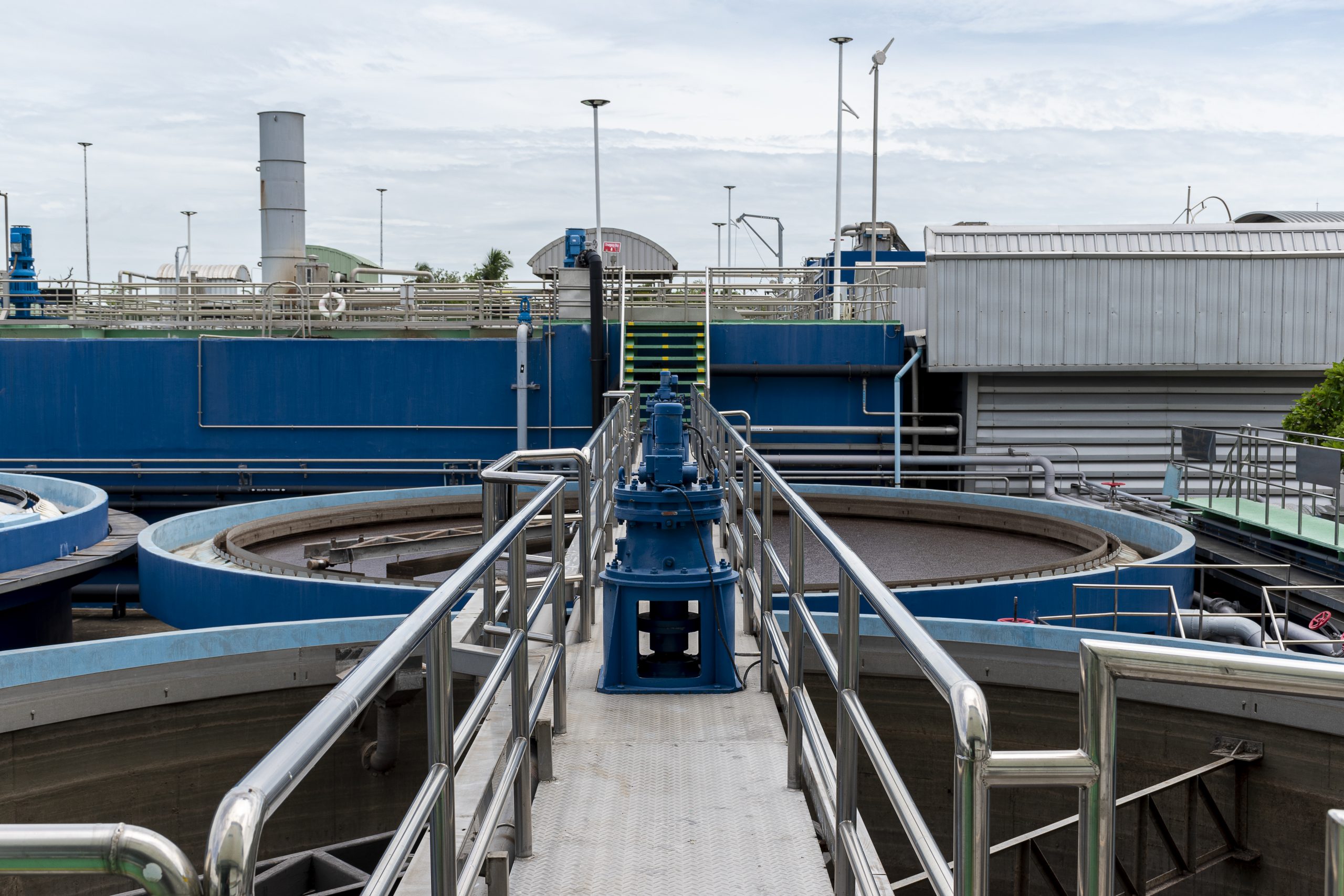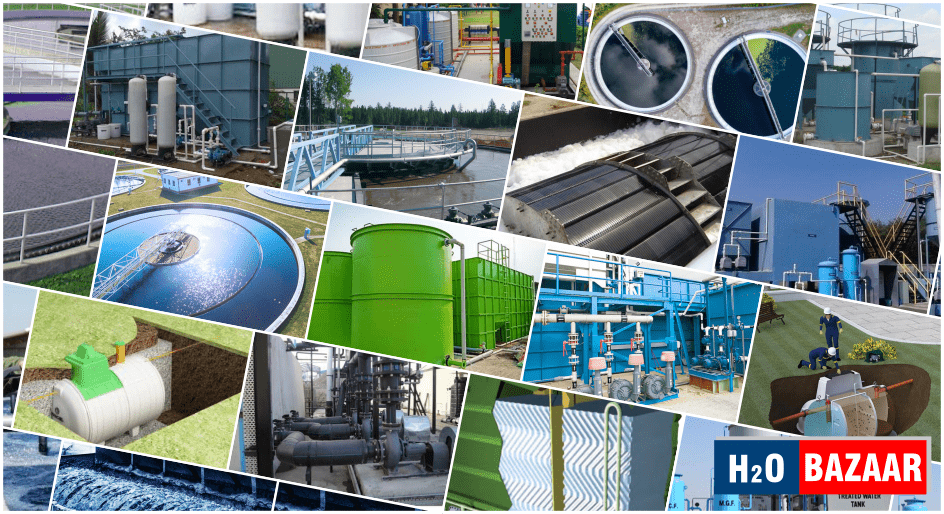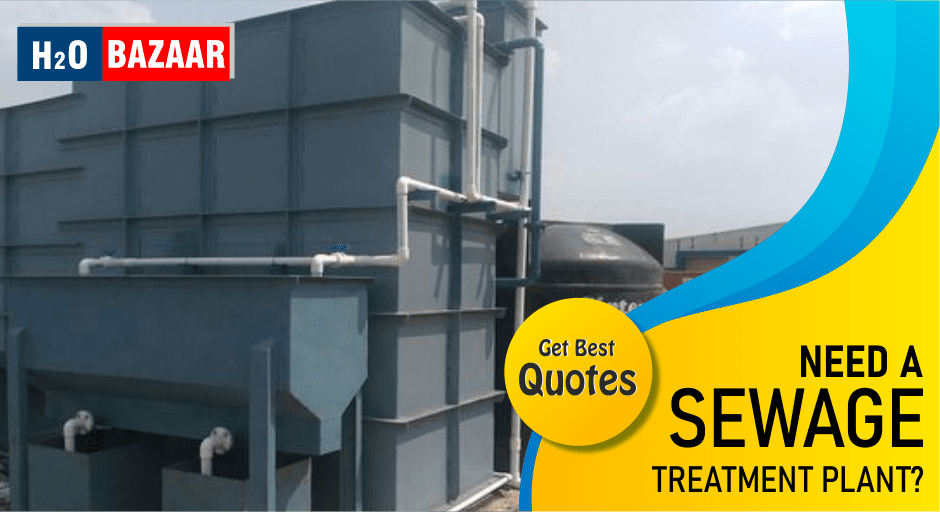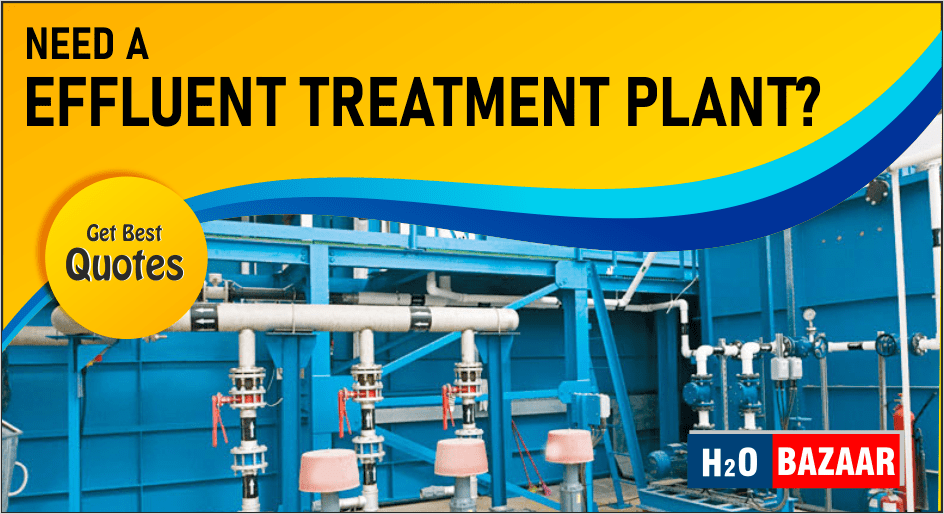


Oct 14
Sewage treatment plants (STPs) are critical to any city’s infrastructure. They’re responsible for processing waste and removing water contaminants, which are then returned to a river or sea after treatment. There are many different types of STPs, each with its strengths and weaknesses.


If you want to know more about sewage treatment plants and how they work, read the different types of sewage treatment plants given below:
Activated sludge plants are the most common type of wastewater treatment plant. They use anaerobic digestion to treat wastewater, which means that bacteria break down organic matter in the water and create a substance called activated sludge. This can be used as fertilizer or soil conditioner.
Rotating disc systems are a type of wastewater treatment plant. It uses mechanical action to remove organic matter, suspended solids, and dissolved material from wastewater. The technology has been in use for over 100 years and is the most widely used treatment system in the world today.
Rotation is achieved through a series of aeration tanks containing rotating plates with holes or slits on their surface. These plates rotate slowly at high speeds, creating a vortex that carries away any suspended solids or dissolved materials within seconds of contact with them.


Extended aeration plants are commonly used for industrial wastewater treatment. They are more efficient than activated sludge plants, and they have less odour than activated sludge plants. Extended aeration systems include a large tank (called an extended aeration pond) filled with treated effluent from the treatment plant that contains about 90% solid matter and 10% liquid. The solids settle at the bottom of this pond where they serve as nutrients for microorganisms such as bacteria that live in its waters. These microorganisms digest organic compounds in wastewater before it enters your drinking water supply.
Submerged aerated filter plants (SAFPs) are a subtype of the activated sludge process. The main advantage of this treatment plant is its low cost since it doesn’t require large amounts of energy to operate. However, the disadvantage is that there may be some problems with odour issues caused by bacteria in your wastewater treatment system.
The submerged aeration process uses large tanks filled with water and air bubbles that cause oxygen to dissolve into the treated liquid waste. This allows for better treatment efficiency because bacteria can’t grow as quickly in these conditions unlike other types of systems such as conventional activated sludge reactors where only anaerobic conditions exist within them — which means no oxygen or organic matter is present at all!
Aerated lagoons are used for the treatment of domestic sewage, stormwater runoff, and industrial wastewater. The aeration of the sludge is provided by air diffusers in the bottom of the tank. The air that flows through this area makes it easier for bacteria to grow and break down organic matter in your water; this process is called secondary treatment.
Package treatment plants are small-scale wastewater treatment systems that are designed to treat wastewater from small communities or single-family homes. They may also be used in remote areas, where there is no municipal sewage system and the residents need their treatment system.
Package treatment plants usually have anaerobic digesters and sludge basins, although some systems do not have either of these features. The primary difference between an RBC system and an RBC/sludge system is that the latter has more than one disc per tank, whereas all of them can be found in a single tank (or even on top of each other).
RBC systems have been used since the 1960s when it became apparent that aerobic bacteria could break down organic material efficiently enough so as not to release any harmful substances into groundwater sources such as lakes or streams which could then contaminate drinking water sources downstream from these lakes/streams


The rotating biological contactor is a system that uses bacteria and other microorganisms to treat wastewater. It is a form of activated sludge treatment, but it differs from conventional systems in that the surface area of each module is much smaller than what’s used in conventional systems. The main advantage of this type of treatment plant is that it can be installed more easily than other types because there are no major mechanical components involved with its operation—just pumps and valves inside each module. The disadvantages include high operating costs compared with conventional municipal wastewater treatment plants, as well as concerns about how long these types of plants will last before needing maintenance or replacement due to wear out over time.
The first step to finding the correct sewage treatment plant in India is to have a licensed professional help you with this process. You can find them with the help of H2O Bazaar.com. Depending on where you live, different sewage treatment plant manufacturers in India may offer different types of services and equipment, so it’s best to speak with several people before deciding which company will be best for your needs.
When choosing between two companies whose services are similar, but not identical (or when comparing prices), look for their reviews online.
You can find these on websites like H2O Bazaar.com and Google Reviews, but it’s also good to get in touch with H2O Bazaar representatives. If you don’t know anyone who has used the service you’re considering, don’t be afraid to call them up and ask questions about what they do.